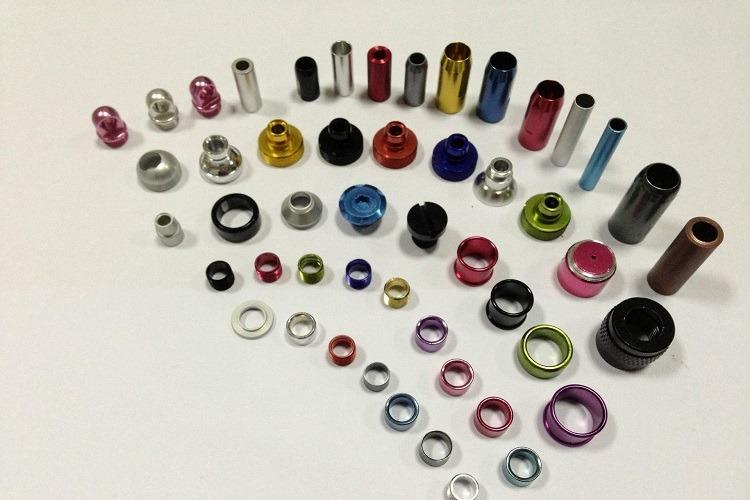Is Anodized Aluminum Really Durable?

Yes, anodized aluminum is significantly more durable than untreated aluminum in terms of scratch resistance, corrosion resistance, and overall longevity. Here's a breakdown of its impressive durability:
l Hardness and Scratch Resistance: Anodizing creates a ceramic-like oxide layer on the aluminum surface. This layer is significantly harder and more scratch-resistant than paint or other coatings on the aluminum. Anodized aluminum typically has a Mohs hardness score of 6 to 7, which is comparable to that of quartz and steel. This suggests that it can withstand normal wear and tear, including inadvertent scrapes and bumps, far better than untreated aluminum.
l Corrosion Resistance: The anodic oxide layer protects aluminum from corrosion and shields it from external elements like moisture, salt, and chemicals. Applications that are outdoors or in environments with high humidity will benefit most from this. Anodized aluminum is a popular material for marine applications, such as boats and yachts, because it can withstand corrosion from saltwater so effectively.
l Longevity: A properly anodized aluminum surface can last for several decades with minimal maintenance, depending on the thickness and quality of the oxide layer and how long it is exposed to harsh environments. When properly cared for, anodized aluminum in architectural applications has a minimum 50-year lifespan.
All things considered, anodized aluminum is a highly durable material with exceptional resistance to rust and scratches, which makes it a versatile choice for a wide range of applications. Compared to alternative finishes like paint, it has a longer lifespan and requires less maintenance. However, the specific durability will be determined by the previously mentioned factors.
- Art
- Causes
- Crafts
- Dance
- Drinks
- Film
- Fitness
- Food
- Jeux
- Gardening
- Health
- Domicile
- Literature
- Music
- Networking
- Autre
- Party
- Religion
- Shopping
- Sports
- Theater
- Wellness


